Why are there so many different kinds of life? If there is only one God, and He wanted us to understand the invisible attribute of life, why did He provide more than one physical illustration of life? Part of the answer probably has something to do with the fact that there is more than one person of the Godhead (see Chapter 8). But another reason is that God wanted us to know more than the simple fact that God has the attribute of life.
The following article is an excerpt from Devotional Biology: Learning to Worship the Creator of Organisms, Chapter 2.3, pgs. 51-53. The views expressed reflect those of the author, and not necessarily those of New Creation.
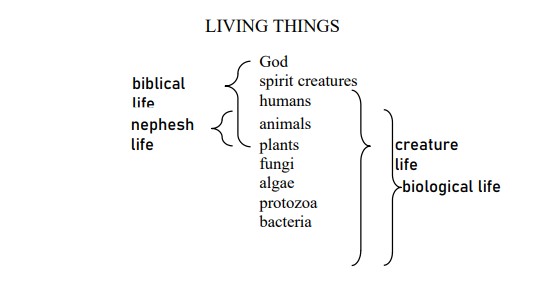
God also wanted us to understand that He has infinite life. The finite brains of humans cannot fully comprehend anything that is infinite. So how does God teach a finite being that He possesses an infinite measure of a particular trait? Besides making the claim in His word, I suggest that God has created both the creation and the human mind in such a way that humans automatically conclude that God possesses an infinite or unlimited measure of a particular trait.
I suggest that God endowed different parts of His creation with a suite or spectrum of different degrees or perfections of the trait in question. Some things in the creation lack the trait entirely. Other things have only a miniscule measure of the trait. Other things have the trait in small measure, others still possess intermediate amounts of the trait, and still others possess the trait in large measure.
When the different measures of the trait found in different objects are arranged in order (from objects lacking the trait to objects having the trait in large measure), what results is a spectrum of perfection of the trait. At the same time, I suggest that God endowed humans with three automatic responses to this spectrum of perfection: 1) a tendency to recognize the different perfections in the creation; 2) a compulsion to order these different perfections into a spectrum; and 3) a tendency to extrapolate the spectrum beyond what is observed. Each occurrence of the trait in the creation provides an illustration to help us understand the trait. The spectrum of perfection of that trait causes us to extrapolate beyond what is actually observed towards an unlimited or infinite manifestation of that trait.
In the image below, the four circles represent four different examples of a given trait in the creation. The smallest circle represents something with a miniscule measure of that trait, the next circle something with a small measure, the next circle something with an intermediate measure, and the largest circle something with a large measure of that trait. It is a human tendency to arrange the circles in order of increasing size and then (with the dashed lines) extrapolate from what is seen towards a circle of unlimited or infinite diameter.
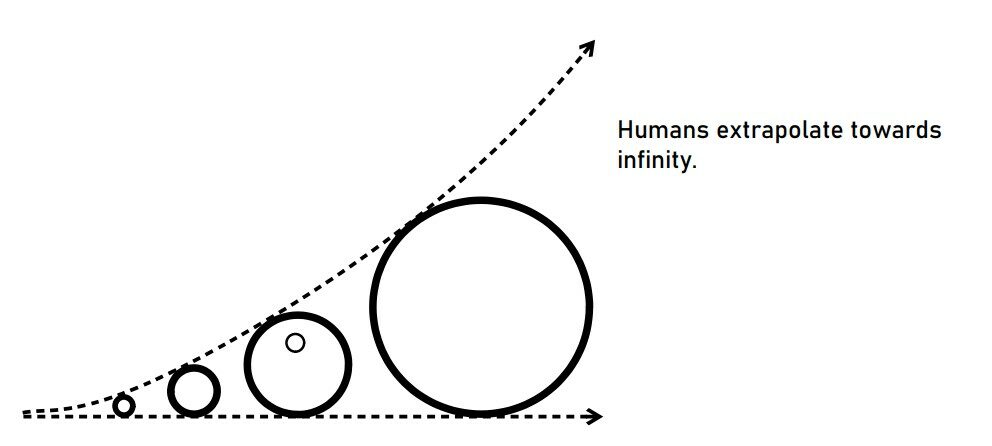
If humans possess some measure of the trait along the spectrum (as represented by the small circle inside of the third circle above), then humans also conclude that whatever possesses the trait is very much greater than humans. This spectrum of perfection aids our minds to envision an infinite form of that trait. Though we will never fully comprehend such an infinity, our minds are lifted in that direction.
In the case of life, there are objects in the universe that lack life altogether. Such things as stars, planets, moons, and the substances of which they are made do not seem to possess life at all (represented by the intersection of the dashed lines on the left side of the image above). A whole suite of other things (bacteria, protozoa, algae, fungi, and plants) have so many physical attributes of life that they are considered alive even when they are not considered living in Scripture (represented by the smallest circle in the image above).
God even created some things between non-living things and biological life. Viruses have DNA (or the very similar RNA) but they are not made of cells and they can only do the other things characteristic of life by taking over the cells of organisms. So, there is a spectrum of perfection of life from non-living things, to viruses, to biologically living things. There is also a sense in which this spectrum can be continued among the biologically living things. An animal seems to be able to experience a fuller or more perfect life than a plant (represented by the second circle from the left in the image above). And, though the cells that make up the bodies of plants or animals or humans are living, such cells seem to possess a less perfect form or manifestation of life than the organisms they make up.

Even the same organism in different stages of development or different states of health seems to possess life in more or less perfect forms. A newly fertilized human egg appears to us to be less vibrant and active (‘alive’) than a swimmer during an Olympic event. A person in a coma shows fewer evidences of ‘life’ than a child laughing in the midst of play. A human, who has the capacity to know God has a more perfect form or manifestation of life than an animal (represented by the third circle from the left in image above). Jesus even claimed that He had come not just to give life, but to give abundant life (John 10:10). This refers to a fullness of life that can be experienced by humans who know God and know Him intimately. A person who is in intimate relationship with God is in a sense more alive than a person who knows God more casually. And one who knows God is more alive than a human who does not (represented by the circle farthest to the right in the image above).
This creates a spectrum of perfection of life. From the spectrum of perfection of life, God’s design of humans causes them to automatically extrapolate (the dashed lines in the image above) towards something more alive, dynamic, and exciting than the fullest life we have either experienced or imagined. This gives us insight and elevates our understanding towards the infinite measure of life possessed by God.




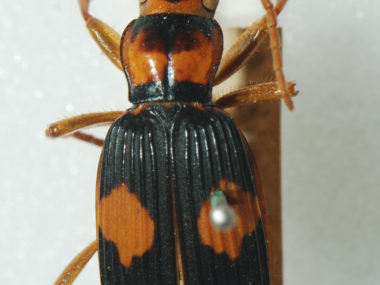

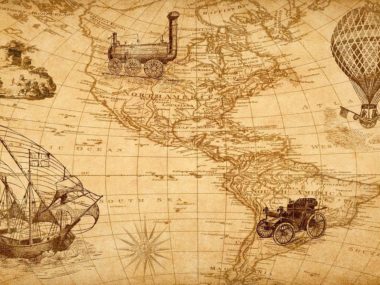
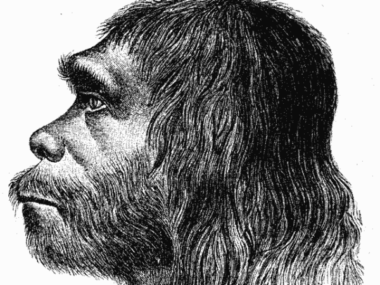




Very interesting perspective from Dr. Wise! Reminds me of John 17:3, “And this is eternal life: that they know you, the only true God, and Jesus Christ whom you have sent.”
Kind of explains that as a child with innocence, I knew there was more to life than what I then could understand, as in believing there was a God. I understand being born again how much Godlife is present because my mind [then] could understand at a much greater capacity. I literally could understand engineering concepts.
You say that stars have no life yet an eastern star recognized its Creator when He was born; arose and stood over Him in (worship, obedience, recognition, attraction).
I believe that when we commune with God our heavenly Father/Creator, the
Holy Spirit guides our hearts & minds in an effort to teach us how to extrapolate
our life in Christ apart from what we perceive as our reality. All things were created by Him; in Him we live, move & have our being. Thank you for your insight Dr Wise.